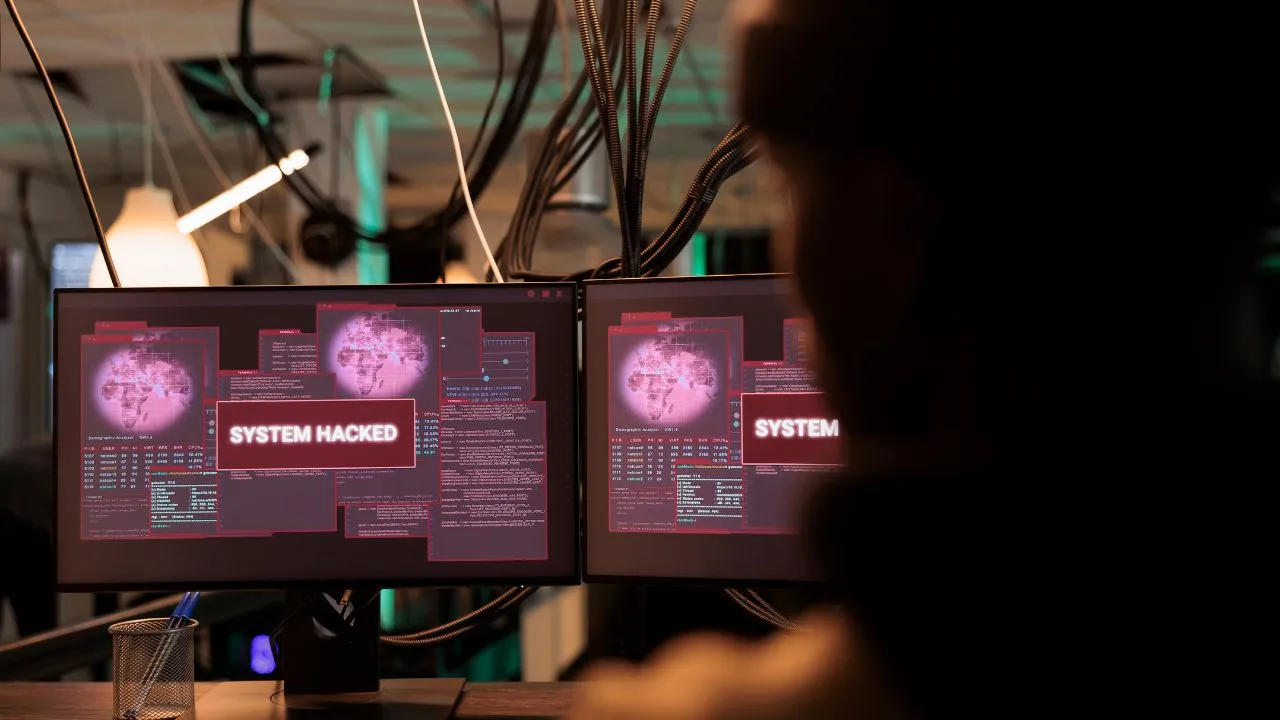Know the types of CyberSecurity threats
Discover the most typical forms of cybersecurity threats and how to avoid them.
CyberSecurity threats are always evolving. Attack strategies and tactics are always evolving and getting better.
Cybercriminals utilize a variety of methods to gain unauthorized access to a computer or network server. Another name for this is an attack vector.
Typical methods for getting onto a network or computer are as follows:
- Disposable media, like flash drives
- Brute force attack that decrypts encrypted data through try and error
- Attacks via email or the web
- Unauthorized usage of system privileges inside your organization
- gadgets carrying sensitive data being lost or stolen
To thwart assaults, the Division of Banks (DOB) advises all financial institutions, including non-depository financial institutions, to have thorough CyberSecurity threats.
Some of the CyberSecurity threats that your organization has to be mindful of are:
- Malware
- Ransomware
- Distributed denial of service (DDoS) attacks
- Spam and Phishing
- Corporate Account Takeover (CATO)
- Automated Teller Machine (ATM) Cash Out
Malware
Malicious software or code are other names for malware. Malware infiltrates a system to jeopardize the availability, confidentiality, or integrity of data. It can covertly impact your operating system, apps, or data. One of the biggest external threats to systems nowadays is malware. Malware may disrupt and inflict extensive harm, and most businesses have to work very hard to combat it.

Organizations are increasingly concerned about spyware, a type of software designed to infringe on privacy. Malware that violates privacy has been around for a while, but in recent times, its prevalence has increased significantly. Spyware compromises numerous systems to monitor user behavior and commit financial theft.
Additionally, a variety of non-malware dangers pose comparable risks to organizations. These online dangers are frequently linked to malware. Phishing is a more popular kind. Phishing is the practice of deceiving someone into disclosing private or sensitive information.
The National Institute of Standards and Technology (NIST) Guide on Malware Incident Prevention and Handling offers the following advice for avoiding malware:
- Inspect email attachments and store them on removable media or local storage.
- Don’t enable the sending or receiving of specific file types over email, such as.exe files.
- Limit the use of removable media on high-risk systems, such as CDs and flash drives.
- Limit how many users have rights or access equivalent to those of an administrator.
- Regularly apply operating system and application updates and patches to systems.
Ransomware

Via virus, ransomware restricts or stops people from accessing their computers. To recover access to your system or data, ransomware demands that you use online payment channels to pay a ransom. Virtual currencies like bitcoins are commonly used in online payment systems. One of the most popular attack techniques is ransomware.
Ransomware uses public-key encryption to encrypt data when it enters computer networks. This encryption key remains on the cybercriminal’s server, in contrast to other malware. Ransomware hackers will demand payment for this secret key. Cybercriminals are holding data captive by exploiting encryption as a weapon.
Ransomware is difficult to identify until it’s too late, and its methods keep changing. Your organization ought to concentrate its efforts on prevention as a result. Strong information security policies and personnel training are two examples of prevention initiatives.
The DOB advises creating robust incident response and business continuity strategies. Creating a plan might be beneficial in the case of a ransomware assault.
Distributed Denial of Service (DDoS) Attacks
DDoS assaults overload an internet service with enormous traffic from several sources and locations, rendering it inaccessible. During a DDoS attack, a website’s response time goes down and access is blocked. By installing malware, cybercriminals create massive networks of compromised machines known as botnets. The main cybercrime may not be a DDoS assault. The assaults often serve as a diversion while perpetrators attempt other forms of fraud and cyber infiltration.
Spam & Phishing
Unwanted, unsolicited, or undesired emails and texts are considered spam. Phishing is a type of social engineering that involves efforts to get confidential data. Phishing efforts will seem to come from a reliable source, such as a company or individual.
Cybercriminals send you an email or message threatening your account information while posing as an official representative. Frequently, the message will request that you respond by clicking on a link that will take you to a phony email address or website asking for private information. Usually, the message structure will look official with the use of appropriate names and logos. Any data submitted into the fraudulent link is sent to the online criminal.
Corporate Account Takeover (CATO)
CATO is a type of cybercrime where thieves assume the identity of a business and send wire and ACH transactions without authorization. The money that is not allowed is transferred to accounts under the cybercriminal’s control.
A CATO assault might happen to a lot of companies. Organizations with lax controls over Internet banking systems and inadequate computer security are easy targets. Losses from this type of cybercrime can be significant. Malware may be introduced onto a computer by websites, e-mail, or malware that looks like software, according to cybercriminals.
Automated Teller Machine (ATM) Cash Out
ATM One kind of ATM fraud with a high financial value is cash out. Cash-outs are when numerous ATMs in various locations are used to withdraw significant amounts of money at once. Large withdrawals from a single ATM may also be a part of it.
The Cash Out typically impacts financial institutions of a modest to medium scale. ATM web-based control panel settings are altered as part of the assault. The ATM’s dispensing function control is altered by cybercriminals to “Unlimited Operations.” Overdrawals exceeding the ATM’s cash limit or the customer’s account balance are permitted when the “Unlimited Operations” option is selected. It is common practice to withdraw money using a compromised debit card or ATM credentials. Your financial institution may incur significant losses as a result.

